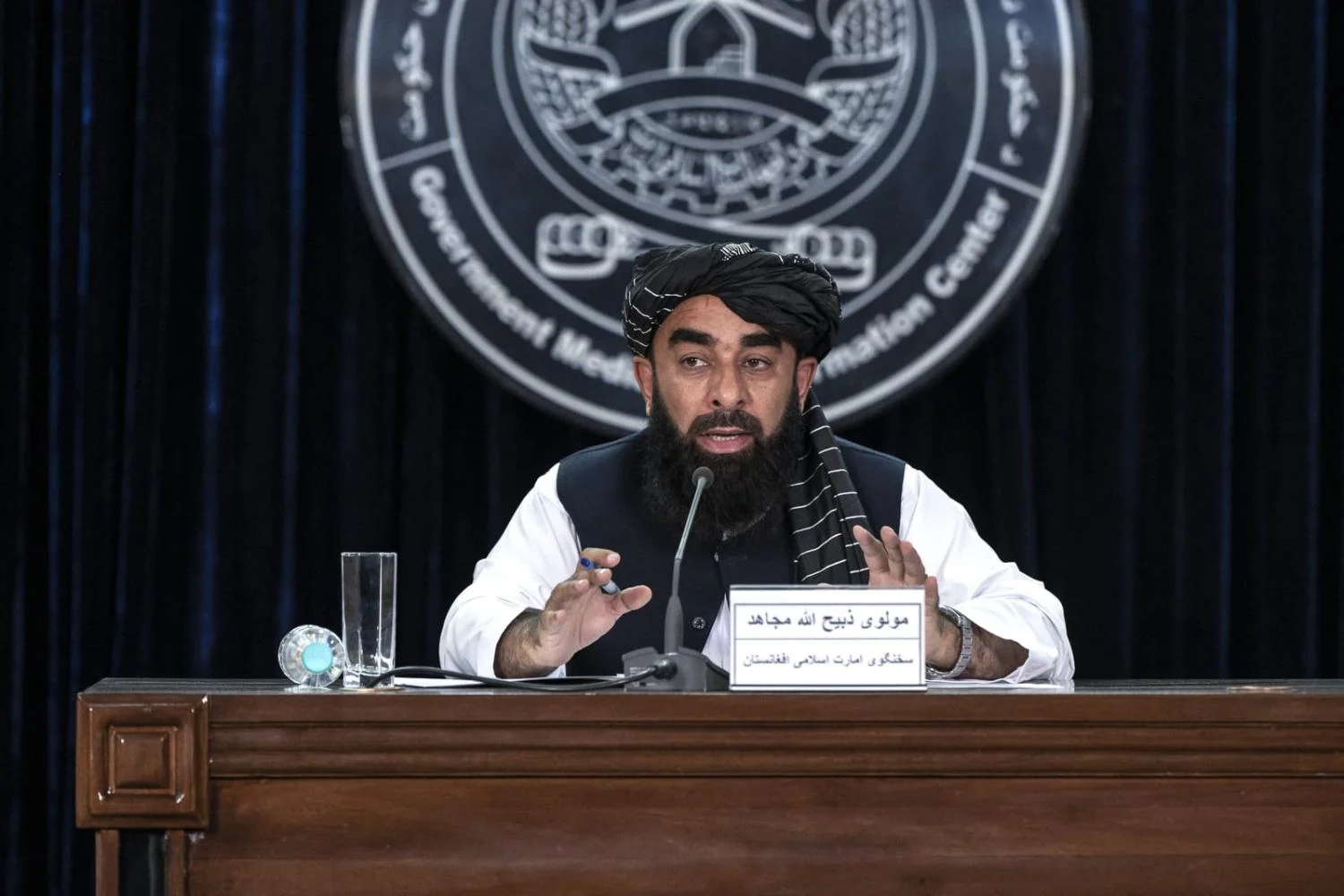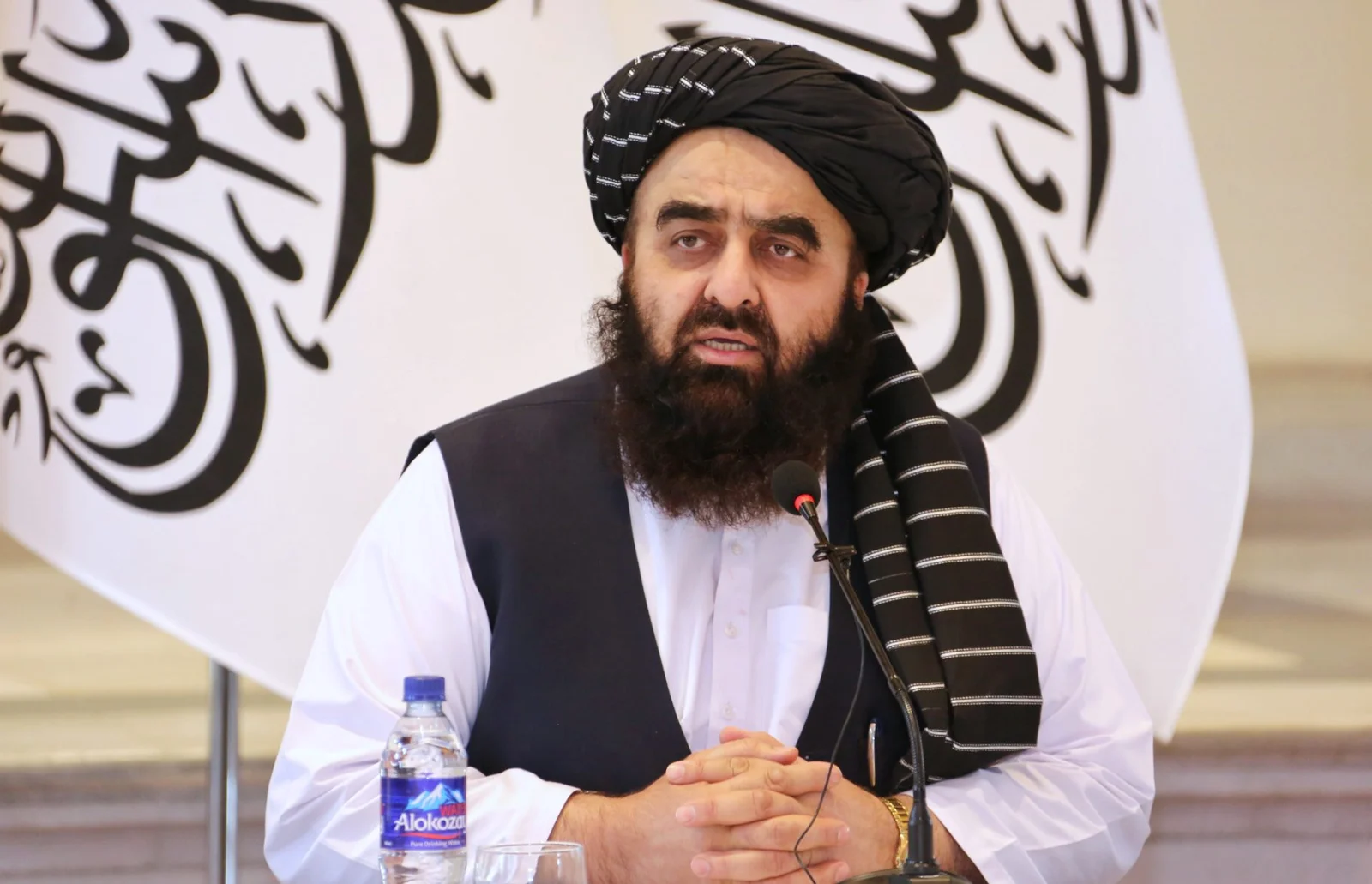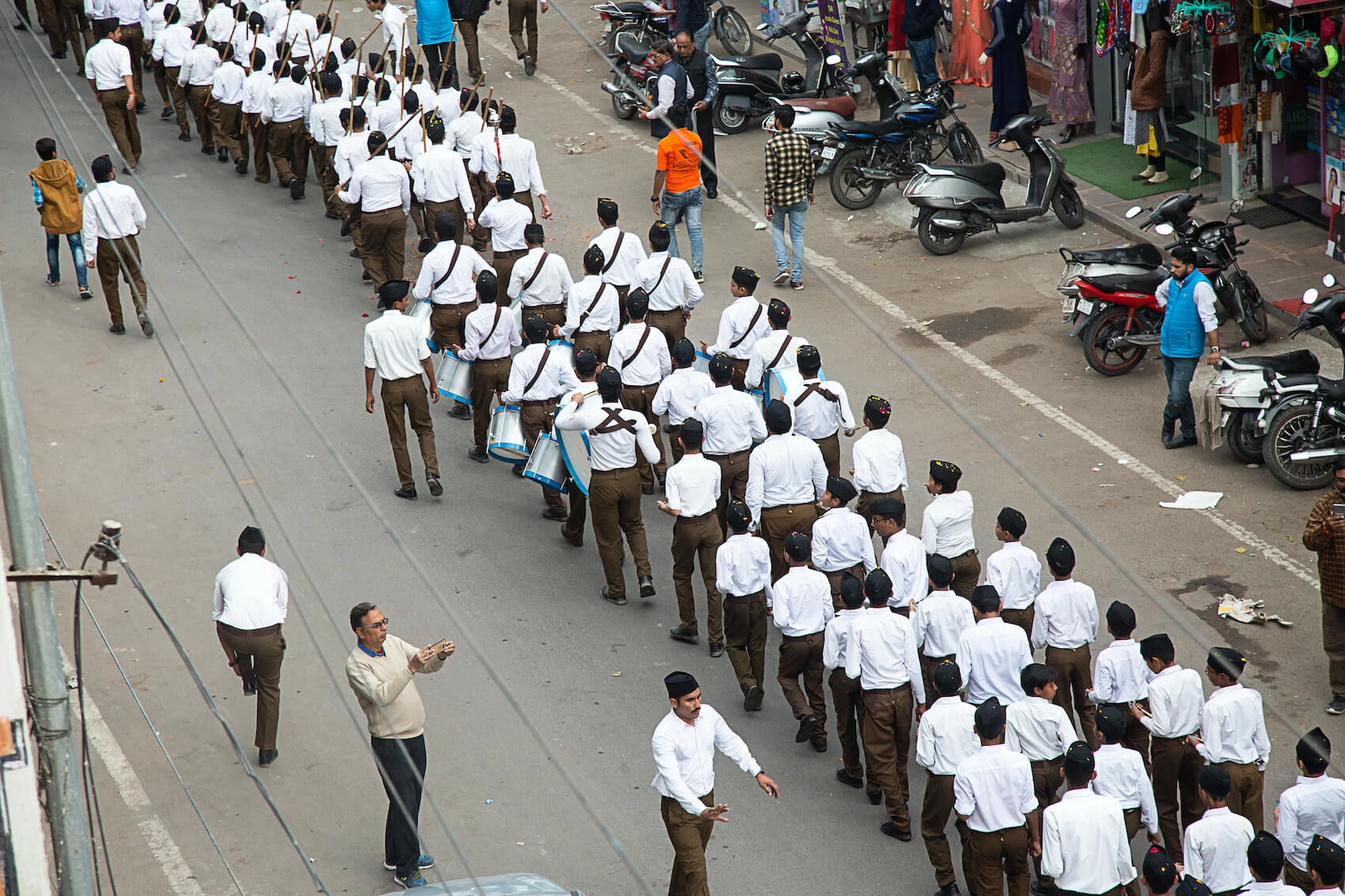Pakistan is blessed with all the riches of the world. Although, the past exploitation in the colonial era marked a stamp of inefficiency and incompetence to utilize the resources of Pakistan.
The country is not only blessed with land resources, above or under, but also with diverse weather. Pakistan has one of the world most systemized canal and river system. It has water flowing from glaciers. It has coastal areas which are a playground for speedy winds coming from the Indian ocean. Furthermore, most importantly, the sunshine of Sindh and lower Punjab are a blessing in disguise.
An Unutilized Opportunity
Despite all these resources, Pakistan could never utilize its rivers to build dams. Pakistan could never bring in investment to build wind power plants alongside the coastal region. The strong winds could boost up electricity production. Most of all, the installation of solar panels to generate free electricity.
Pakistan has always missed the vital opportunities to counter its electricity shortage by utilizing low-cost equipment that is more efficient.
In terms of electricity production, Pakistan usually depends on heavy and expensive equipment. The equipment is hard on national treasure for yearly maintenance. It can also cause a grave danger for the environment. Under Prime Minister Imran Khan, initiatives of a green and clean environment are initiated. He has made a move to reduce carbon emission from power plants. The Sahiwal Power Plant recently achieved this goal.
According to reports, the government has approved seven new coal plants. These loopholes are more of damage to the national revenue and treasure than it is to the environment. Instead of investing more in the pro-greenery energy producers, Pakistan is following the old suit.
Future Steps
Nonetheless, in the past decade, steps took place to utilize such resources. The steps included the installation of the Jinnah Solar plant and the construction of the Diamer-Basha Dam. It’s still a long way to go to shift from heavy and expensive carbon emission plants to low cost, efficient and eco-friendly energy producer.
However, time is moving forward and new investments are under process. Investments in eco-friendly energy producers. Pakistan must fully utilize its solar power capacity and ability as its weather fully supports it. The sunshine in Sindh, Baluchistan and Punjab is enough to produce a major chunk of Pakistan energy capacity and generation. Apparently, due to negligence and inefficiency, Pakistan has not been able to fully utilize this opportunity.
Shares in Energy-Producing
Currently, out of 100% of Pakistan’s total energy production, the plants running on fossil fuels produce around 64%. Subsequently, solar plants only contribute 1.14%. In the coming years, these numbers should increase. It is highly essential for the country and the climate. Other than these energy producers, hydropower contributes around 27%, nuclear has a share of 5% and Renewable energy sources stand at 4%.





